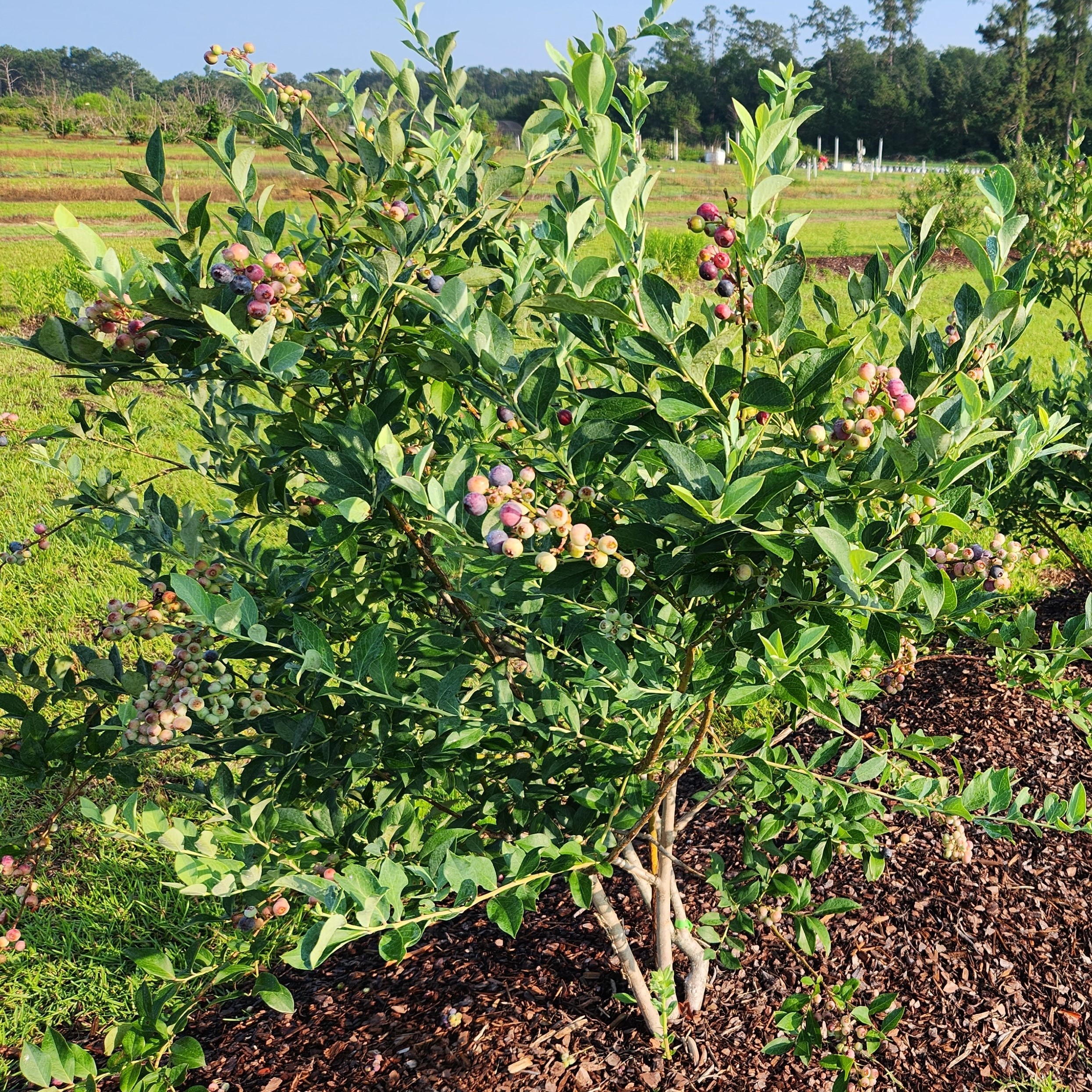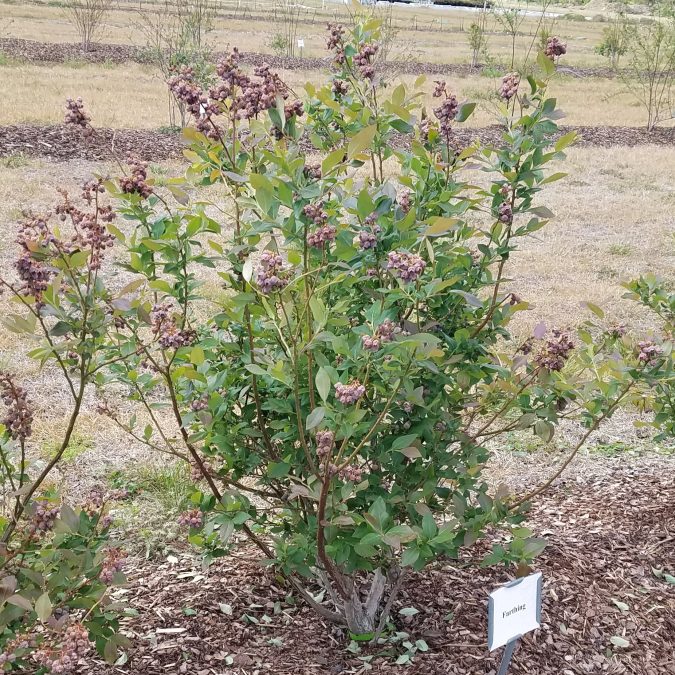
Creed Alexander Trosclair
August 12, 2023
TPCG Housing and Human Services to host Utility Assistance Program
August 13, 2023This year was a bad one for local blueberry availability. With the warm temperatures in February, many plants flowered early. Then, the hard freeze struck on March 20 and damaged blueberry flowers and fruit.
While it was a bad year for production, it was a good year for learning what varieties are more likely to produce in spite of late freezes. This is one consideration when choosing among varieties of blueberries and other fruit plants.
Within the handful of cultivated blueberry species and numerous blueberry varieties (or cultivars), there is a wide range of chilling requirements. Varieties that require too many chilling hours for a location will not fruit well on a regular basis. On the other hand, ones that require too few chilling hours are likely to flower too early and have flowers or young fruit killed by a late freeze. Varieties with appropriate chilling requirements for the location should be planted. (Click here for Louisiana chill hour information.)
At the Hammond Research Station, we have 18 varieties of rabbiteye and related blueberries. Rabbiteye is the type that has traditionally been planted here and in much of the Deep South. Premier, Climax, Tifblue, Brightwell, and Powderblue are rabbiteye varieties. Besides these “old standards,” the demonstration includes the following: Alapaha, Austin, Centurion, Columbus, Delite, DeSoto, Krewer, Ochlockonee, Onslow, Pink Lemonade, Robeson, Titan, and Vernon. (Pink Lemonade and Robeson also have some non-rabbiteye plants in their backgrounds, but we often group them with rabbiteye varieties.)
Of the old standards, Brightwell was a clear winner in terms of producing in spite of the freeze. Climax, on the other hand, fared worst. It was past the 50 percent full bloom stage when the freeze hit, and little fruit survived.
Besides Brightwell, among rabbiteye varieties that typically ripen in the early to middle part of the season, Austin, Columbus, Alapaha, and Tifblue fared relatively well this year. Among those that tend to ripen later, Centurion, DeSoto, and Ochlockonee had respectable crop loads. (Centurion is an old variety that seems to have fallen out of favor with growers. Stems of all three of the plants of this variety broke off near the base within the first year of planting. Of 93 plants in the demonstration area [three plants of 31 varieties], a Centurion plant is the only one that has died since they were planted in November 2020.)

Among older, well-known rabbiteye varieties, Brightwell was a clear winner in terms of producing in spite of the freeze. (Photo by M.H. Ferguson)
Besides the 18 rabbiteye (and related) varieties, we have 13 southern highbush cultivars in the demonstration. Southern highbush blueberries are commonly grown for commercial production in Florida, Georgia, and North Carolina. They tend to have good fruit quality and ripen early but are more finicky with respect to soil conditions (pH, drainage, organic matter level), compared to rabbiteye plants, and they are generally more disease susceptible. I don’t encourage people to grow them in the ground here unless they want to put a good bit of work into soil preparation and maintenance. However, they can be grown in aged pine bark in 10- to 15-gallon pots, with attention to irrigation and fertility.
Varieties in the demonstration include Camellia, Colibri, Emerald, Farthing, Gupton, Keecrisp, Legacy, Miss Lilly, Paloma, Patrecia, Pearl, Star, and Suziblue.
The only one that stood out this year with respect to escaping the late freeze was Gupton. While Legacy and Pearl had little fruit this year, they produced well last year and flower late relative to most other varieties in the demonstration. Most years, I would expect Gupton, Legacy, and Pearl to be good choices, among southern highbush varieties, for those who do not plan to protect plants from late freezes.
For those who will plant in pots and can bring them into a protected area when a late freeze occurs, Emerald, Farthing, Keecrisp, Patrecia, Suziblue appear to be solid choices. Each of these had an abundance of green fruit at the time of the freeze.
Plants in our demonstration area are still young – they were planted in November 2020 – and it’s yet to be seen which perform well over time. However, being able to observe which fared better in this very challenging year was valuable.
Note that this information is relevant specifically to Hammond and nearby areas. Many varieties that perform well here would not likely get enough chilling hours on the Southshore.
Let me know if you have questions. Contact Mary Helen Ferguson.







